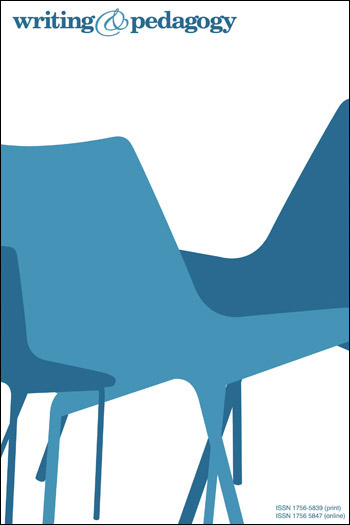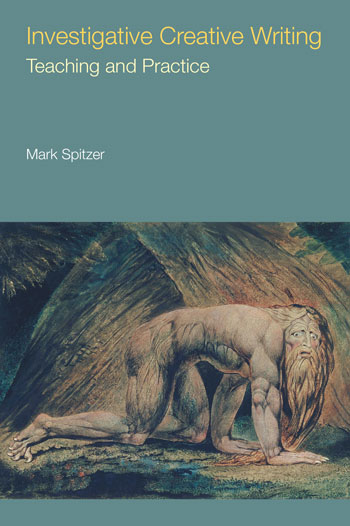Reviews
This is the first book on teaching first-year writing that is written directly to adjunct teachers by an adjunct teacher. In an engaging voice, Tom Mulder draws on his varied teaching experiences to provide pragmatic advice for navigating the challenges contingent faculty face, from adjusting classroom pedagogy for multiple institutions and student populations to navigating workplace politics.Dan Melzer, Associate Director, First-Year Composition, University of California at Davis, and author of Exploring College Writing: Reading, Writing, and Researching across the Curriculum (Equinox, 2011)
English Teacher’s Composition Guidebook: How to Survive (and Even Thrive) as a Part-time or Adjunct Instructor by Tom Mulder is written precisely for the unsung composition instructor who, like Tom himself, does the work of “adjunction”: sometimes teaching at several institutions, often receiving last-minute class assignments, and always seeking to deliver quality instruction. Tom’s Guidebook is delightfully interwoven with his own stories of adjunction, and offers a comprehensive guide to teaching students critical thinking and developing writing skills for a lifetime. This book speaks our language: down-to-earth and often humorous, it’s packed with adaptable approaches to teaching composition.
Susan Davis, Department Head, English Grand Rapids Community College
English Composition Teacher’s Guidebook: How to Survive (and Even Thrive) as an Adjunct or Part-time Instructor represents the insights and experiences of a dedicated and creative teacher of college-level English composition who has developed a highly practical and motivational handbook for teachers like him. The author, Tom Mulder, is one of the multitudes of itinerant English adjunct and part-time instructors who travel between multiple colleges and universities teaching English composition to a wide array of students from different cultures and age groups. More than this, he is a keen observer and gifted writer who has been able to turn his observations over many years into lessons for teachers of college composition and their students. The book is unusual in speaking directly to the adjunct or part-time college composition teacher, providing advice and recommendations that are geared very specifically for this audience together with sufficient ready-to-use teaching material for a semester-long first-year composition course. It is highly original in its approach while offering a wealth of material that can fit well with the needs of first-year college composition teachers and students.
The lessons for teachers begin from vignettes based on Tom’s experiences and reflections while hiking in many scenic locations across the United States. These evocative vignettes, which make for a pleasant and memorable opening to each chapter, are used metaphorically to highlight some aspect of teaching that will be presented as the chapter theme. In addition, each chapter includes a creative and light-hearted bit of conversation over coffee among colleagues as another sort of vignette which suggests the chapter’s theme. Other features that provide lessons for teachers are Top 10 tips and some illustrative classroom language for implementing various aspects of Tom’s recommendations. In these, the author speaks directly to teachers, where they live! About half the book is dedicated to materials for students in the form of highly accessible worksheets and presentational forms that can be projected in the class or copied for the students, including work on sentence combining and analysis as well as topics, peer response sheets, and assessment rubrics for a variety of essay assignments. Both the hiking vignettes and the classroom activities are illustrated by photographs which add to the interest and enjoyment of reading this book.
Martha C. Pennington, Series Editor, Frameworks for Writing









